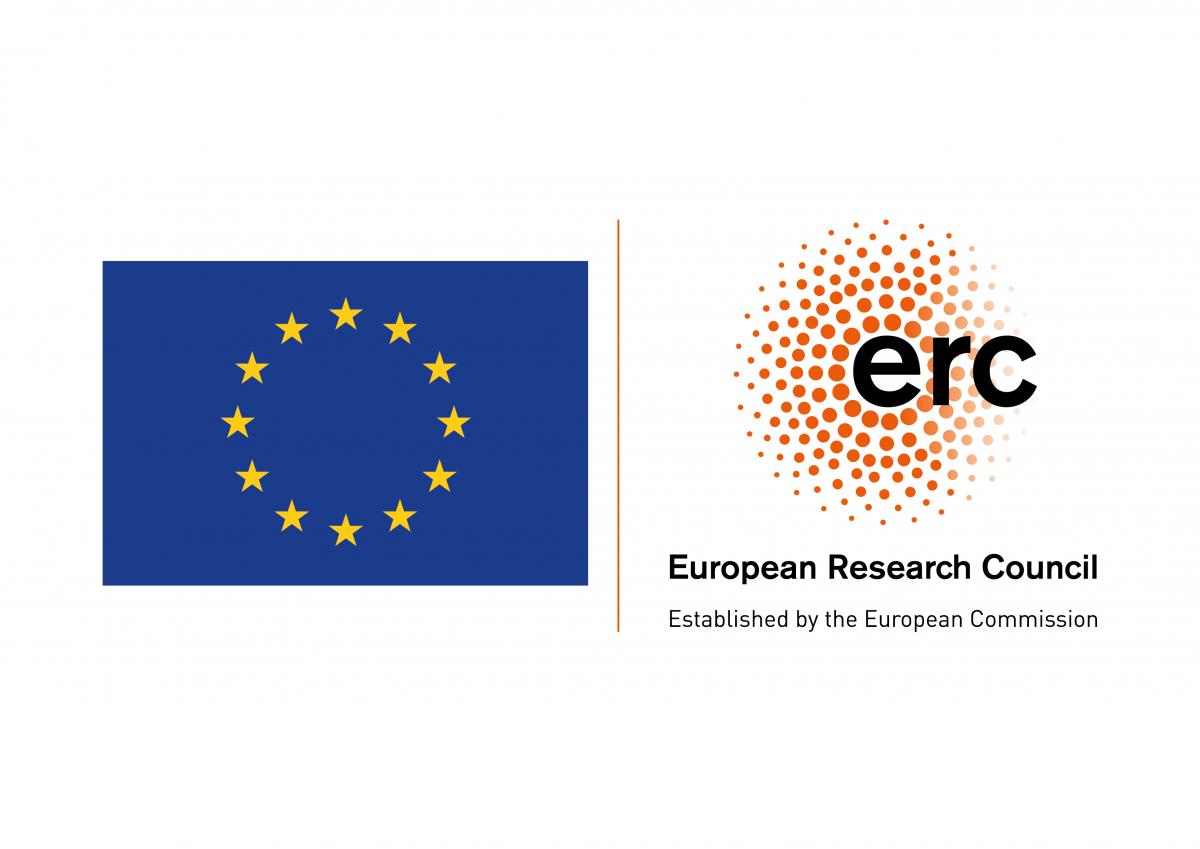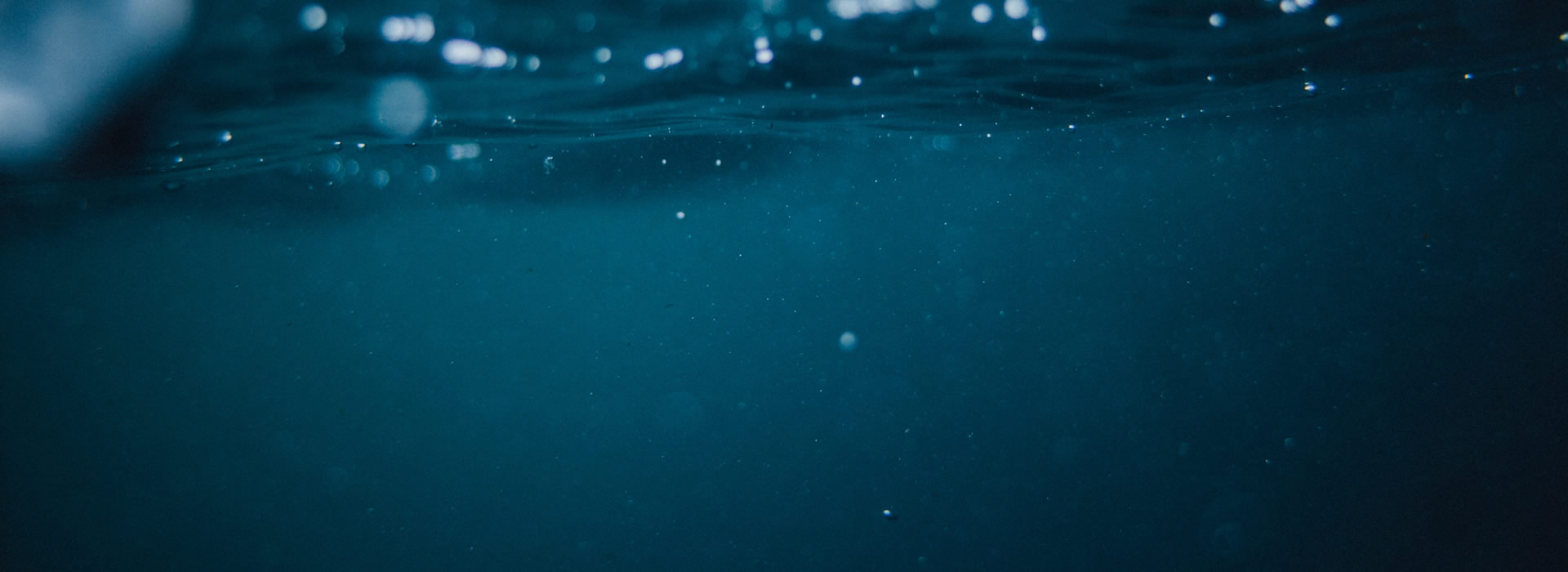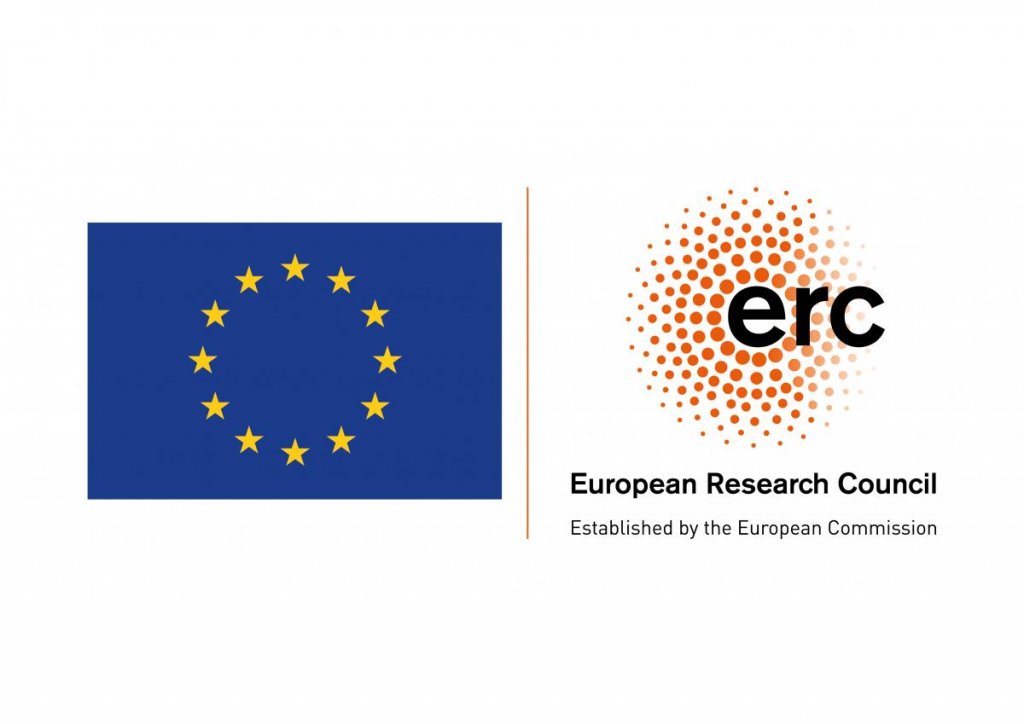
This project has received funding from the European Research Council (ERC) under the European Union’s Horizon 2020 research and innovation programme under grant agreement No. 759677.

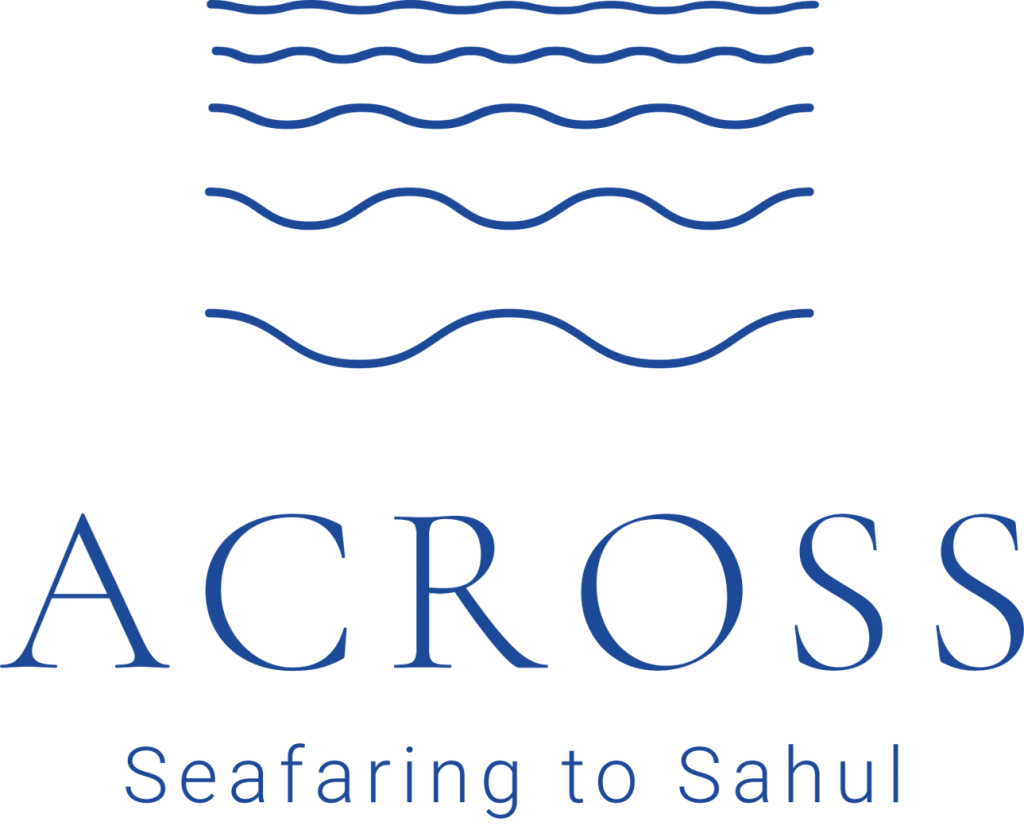
After 6 million years of human evolution, our ancestors took to the sea….
Why?
Origins of seafaring to Sahul
The ACROSS project takes an interdisciplinary approach to researching some of the earliest seafaring in human history: that between the Sunda shelf (Island South East Asia) and Sahul (Australia and New Guinea).
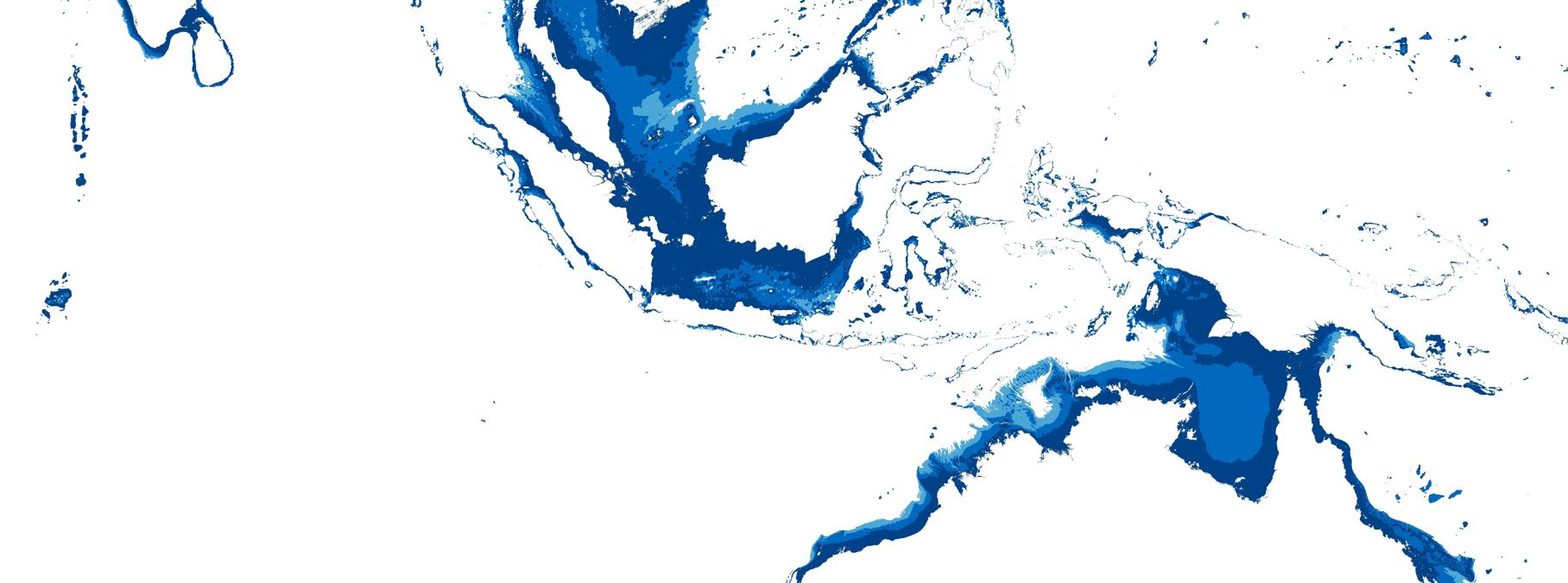
The chronology, and notion, of ‘arrival’ of people in Sahul is debated, with the accepted ontology of many Aboriginal peoples that they have been on country since the Creation, from ‘time immemorial’ (Uluru Statement from the Heart, 2017). Whilst the nature and timing of the peopling of Australia within western science, places this dispersal within the wider context of global ‘colonization’, potentially between 65,000-50,000 years ago. This represents some of the earliest evidence of modern human occupation outside Africa, yet, even at the greatest sea-level lowstand, the peopling of Sahul would have involved seafaring.
It is the maritime nature of this dispersal which makes it so important to questions of technological, cognitive and social human development. These issues have traditionally been the preserve of archaeologists but with a multidisciplinary approach that embraces a unique combination of marine geoarchaeology, oceanography and archaeogenetics, we have the opportunity to bring together and examine different data sources, in order to question the When, Where, Who and How of the earliest ocean crossings in world history.
Aims
- To implement an interdisciplinary, high resolution approach to understand the evidence we have for early seafaring and movement of people into Sahul through research into palaeolandscapes, hydrodynamics and population movement.
- To further question the nature and timing of movement into Sahul
- To further question routing and likely duration of voyages, intentionality and risk
- To map now submerged palaeolandscapes through the integration of onshore and offshore data.
Acknowledgement of Country
ACROSS acknowledges the Aboriginal and Torres Strait Islander peoples as the Traditional Custodians of the seas and lands on which we undertake our Australian research. We pay our respects to Elders past, present and emerging

